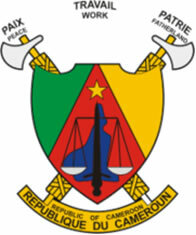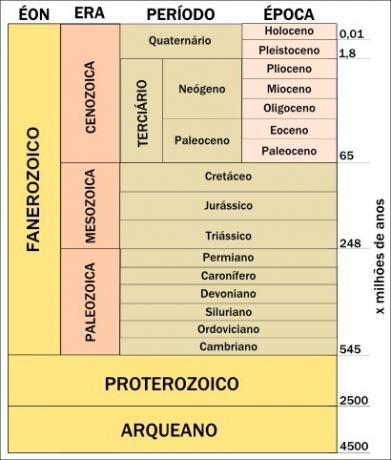Located on the west coast of Africa and bordered by the Gulf of Guinea, the Republic of Cameroon is one of the most culturally diverse nations on the African continent, this fact is due to the presence of different ethnic groups in the Cameroonian territory (there are approximately 230 ethnic groups, who speak 250 languages and dialects natives).
The country's nomenclature, Cameroon, was created by the navigator Fernando Pó, in the 15th century, by virtue of the Rio dos Cameroon.
The independence of Cameroon was only obtained on January 1, 1960, after the country was a colony of France and England at the end of World War II, in 1945.
More than 40% of the territory is covered by tropical forests. In the north, where savannas predominate, the tropical climate is dry, becoming arid in the vicinity of Lake Chad. In the west, there are mountainous formations of volcanic origin, whose apex is Mount Cameroon (4.1 thousand meters), one of the highest in Central Africa.
The territorial dispute with Nigeria over the Bakassi Peninsula has provoked border conflicts since the 1990s.
Do not stop now... There's more after the advertising ;)

Coat of Arms of Cameroon
Cameroon Data:
Territorial extension: 475,442 km².
Location: Africa.
Capital: Launde.
Climate: Tropical (to the north) and Equatorial (to the south).
Government: Presidential Republic.
President: Paul Biya
Administrative division: 10 provinces.
Languages: French and English (official), main regional languages: Fang, Balimeque, Duala.
Religion: Christianity 54.2% (Catholic 26.5%, Protestant 20.7%, other 7%), traditional beliefs 23.7%, Islam 21.2%, no religion and atheism 0.4%, Baháism 0, 4%.
Population: 19,521,645 inhabitants. (Men: 9,758,751; Women: 9,762,894).
Ethnic Composition: Cameroon 31%, Bantu 19%, Kirdis 11%, Fulani 10%, other indigenous ethnic groups 29%.
Demographic density: 37 inhabitants/km².
Average annual population growth rate: 2.3%.
Population residing in urban areas: 57.6%.
Population residing in rural areas: 42.4%.
Undernourished population: 23%.
Life expectancy at birth: 50 years.
Households with access to clean water: 70%.
Households with access to a health network: 51%.
Human Development Index (HDI): 0.460 (low).
Currency: CFA Franc.
Gross Domestic Product (GDP): US$20,606 million.
GDP per capita: US$1,111.
External relations: World Bank, Commonwealth, IMF, WTO, UN, AU.
By Wagner de Cerqueira and Francisco
Graduated in Geography
Brazil School Team
Countries of the world - geography - Brazil School
Would you like to reference this text in a school or academic work? Look:
FRANCISCO, Wagner de Cerqueira and. "Cameroon"; Brazil School. Available in: https://brasilescola.uol.com.br/geografia/camaroes.htm. Accessed on June 28, 2021.

